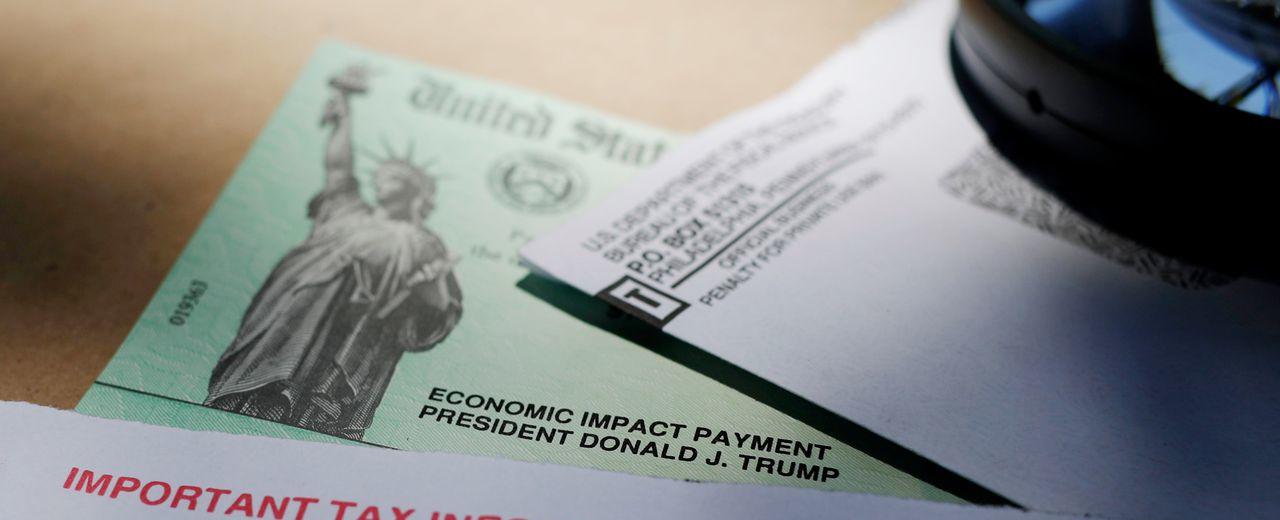How late can you file your taxes on Tax Day 2023?

Tax Day 2023 is just around the corner, and people are starting to wonder how late they can file their taxes. According to the IRS, the deadline to file your federal taxes for 2022 is April 17, 2023. However, taxpayers can request an extension to file their tax returns. The extension will grant them an extra six months to file, pushing their deadline to October 16, 2023.
It’s important to note that while an extension gives taxpayers more time to file their tax returns, it doesn’t grant them more time to pay their taxes. The extension only grants the taxpayer’s more time to submit their paperwork, but they should still pay what they owe by the original filing deadline to avoid any late-payment penalties and interest charges on their unpaid balances.
To request a tax extension, taxpayers need to complete IRS Form 4868, Application for Automatic Extension of Time to File U.S. Individual Income Tax Return. Additionally, taxpayers need to estimate their tax liability and pay any taxes due by the original deadline. If the taxpayer fails to pay all of their taxes due by the deadline, they will face penalties and interest on the balance.
In conclusion, understanding the deadlines and request for a tax extension can be extremely helpful for taxpayers. By completing and submitting Form 4868, a taxpayer can avoid a late filing penalty from the IRS. It is important to note, however, that the tax filing extension only applies to the paperwork, not the payment of taxes. By submitting a payment along with the extension request, taxpayers can avoid any late payment penalties and interest charges on the balance due.
Quick Links

